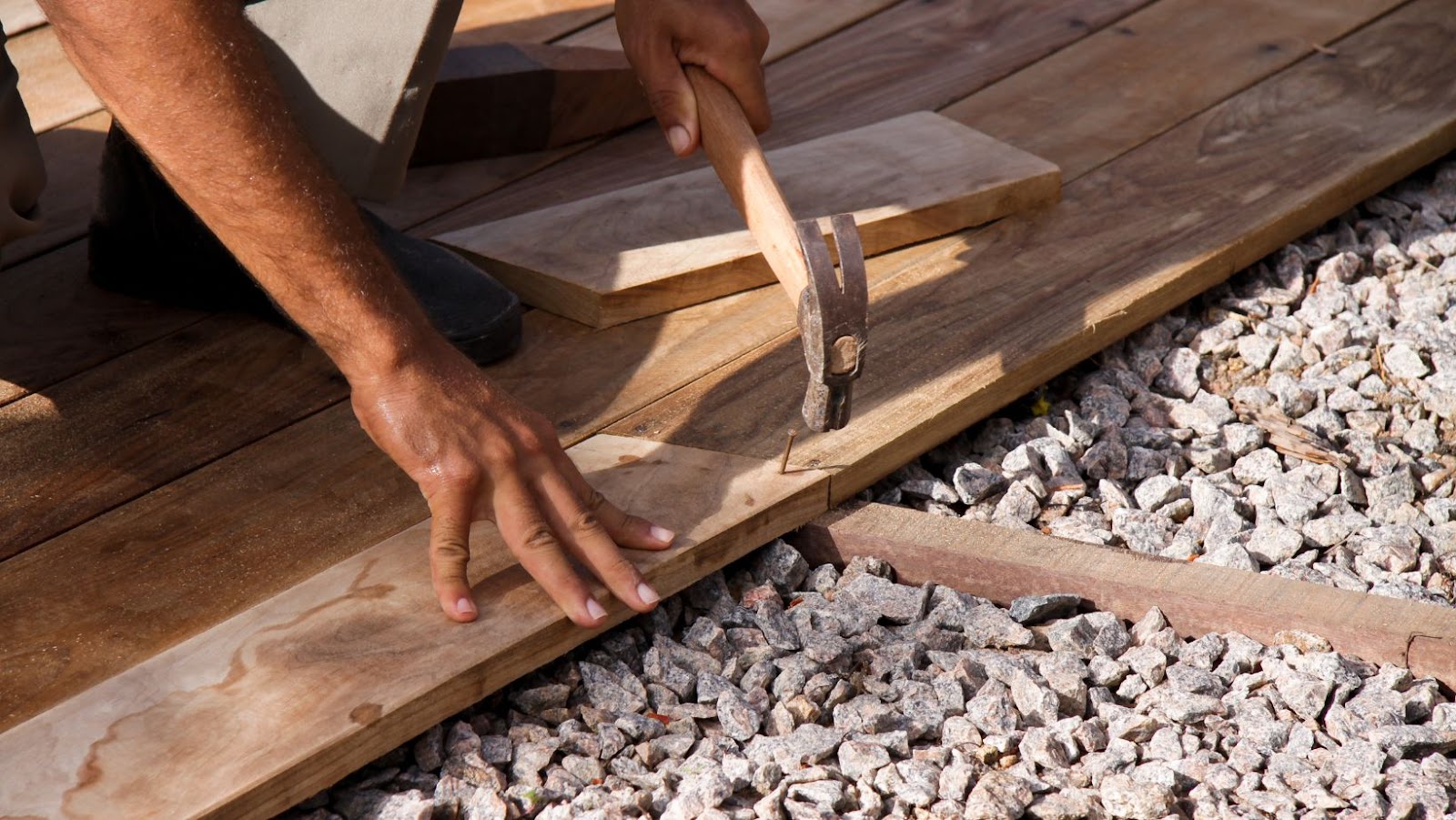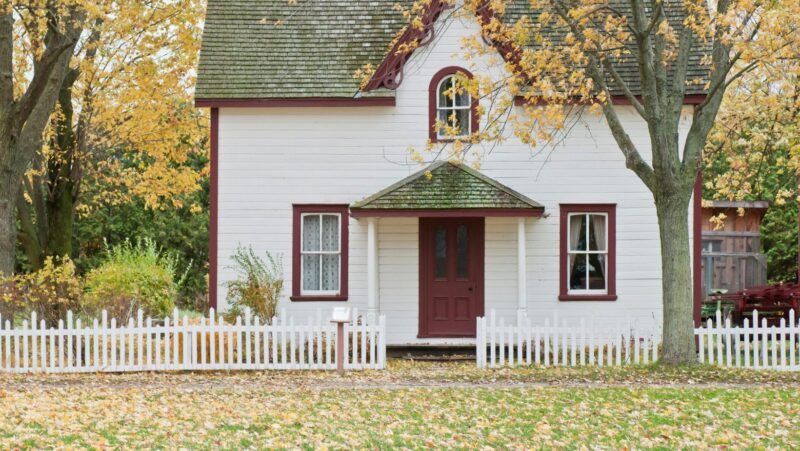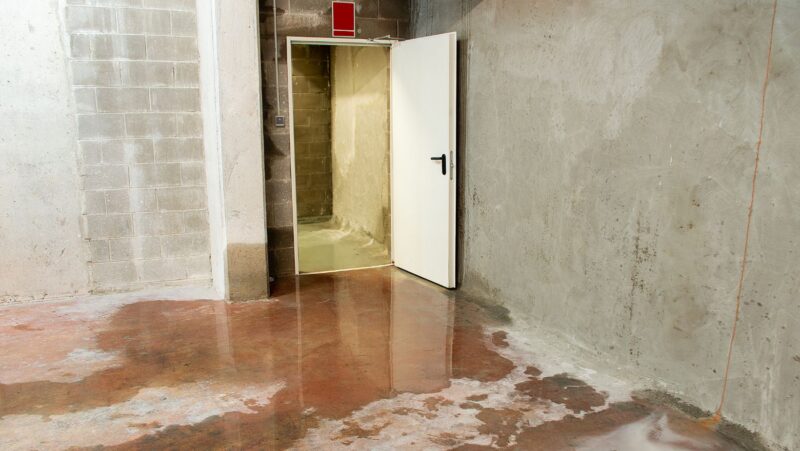
Wood filler or spackle? Which is better for filling nail holes in wood furniture, trim, or doors? You may have heard about these two materials but don’t really know how they differ.
Spackle, also known as drywall joint compound, is a powdery substance that comes in a tub and requires water to mix it. It can be used to fill small holes, such as nail holes, and then painted over once it dries.
Wood filler is a putty-like substance that is available in different colors to match the wood it will be filling. It is applied with a putty knife and can also be sanded and stained once it dries.
So, which one should you use to fill nail holes in wood?
The answer depends on the size of the hole and the type of wood. For small holes in finished wood, such as furniture or trim, wood filler is the best option. It’s easy to apply and dries quickly, so you can sand and paint it without much hassle.
For larger holes, such as door frames or baseboards, you may want to use spackle instead. This is because spackle has a smoother finish than wood filler and requires less sanding. However, it does take longer to dry and may need several applications if the hole is very deep.
In general, wood filler is the best option for smaller nail holes and spackle is better for larger holes. Whichever one you choose, make sure to follow the drying instructions carefully to avoid any mishaps!
What is wood filler and spackle, and what are their differences?
Wood filler, also known as putty or wood putty, is a semi-solid material that is typically used to fill small cracks or holes in wood. It is made from various compounds, such as sawdust and resin, and comes in different colors to match the type of wood it is being applied to. Wood filler is applied with a putty knife and can be sanded down once it dries.
Spackle, on the other hand, is a powdery substance that is mixed with water to create a paste-like consistency. It is commonly used to fill small holes in walls or ceilings before painting. Spackle takes longer to dry than wood filler and may require several coats to fill deep holes.
So, which one should you use?
The answer depends on the size of the hole and the type of wood. For small holes in finished wood, such as furniture or trim, wood filler is the best option. It’s easy to apply and dries quickly, so you can sand and paint it without much hassle.
For larger holes, such as door frames or baseboards, you may want to use spackle instead. This is because spackle has a smoother finish than wood filler and requires less sanding. However, it does take longer to dry and may need several applications if the hole is very deep.
In general, wood filler is the best option for smaller nail holes and spackle is better for larger holes. Whichever one you choose, make sure to follow the drying instructions carefully to avoid any mishaps!












